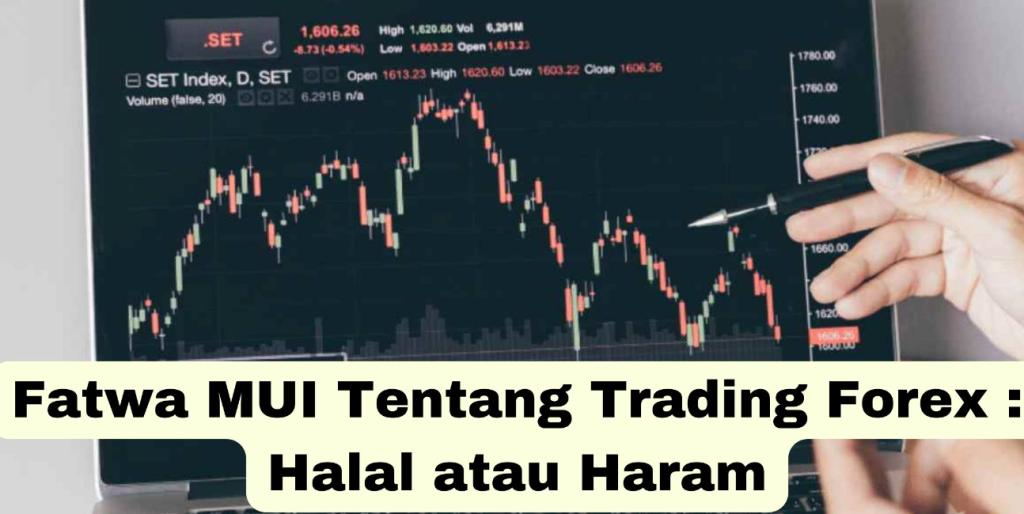Forex trading, also known as foreign exchange trading or currency trading, is the process of buying and selling currencies on the global market. In the first two paragraphs, we will delve into the basics of What is Forex Trading and how it works. As the largest and most liquid financial market globally, forex trading offers vast opportunities for investors and traders alike.
Forex trading involves the simultaneous buying of one currency and selling of another, with the aim of profiting from fluctuations in exchange rates. Participants in the forex market include central banks, commercial banks, hedge funds, corporations, and individual traders. These market players engage in forex trading for various reasons, such as hedging risk, speculating on currency movements, and facilitating international trade.
How Forex Trading Works
Forex trading operates 24 hours a day, five days a week, and transactions occur through a decentralized network of banks, brokers. The forex market is divided into three main trading sessions: the Asian session, the European session. Each session has its unique characteristics, such as trading volume and currency pair movements.
Major and Minor Currency Pairs
Forex trading involves trading currency pairs, which consist of a base currency and a quote currency. The base currency is the one you are buying or selling, while the quote currency is the one you are exchanging it for. There are two main types of currency pairs:
- Major currency pairs: These are the most traded currency pairs and typically include the US Dollar (USD) paired with other major currencies, such as the Euro (EUR), Japanese Yen (JPY), British Pound (GBP), Australian Dollar (AUD), Canadian Dollar (CAD).
- Minor currency pairs: Also known as cross-currency pairs, these do not involve the US Dollar and typically have lower trading volumes. Examples include EUR/GBP, EUR/AUD, and GBP/JPY.
Forex Trading Strategies
There are various forex trading strategies, ranging from short-term to long-term approaches. Some popular strategies include:
- Scalping: A short-term trading strategy that involves opening and closing multiple positions within minutes.
- Day trading: This strategy involves opening and closing positions within the same trading day, avoiding overnight exposure to market fluctuations.
- Swing trading: Swing traders hold positions for several days or weeks, aiming to capitalize on larger price movements.
- Position trading: A long-term trading strategy where traders hold positions for weeks, months.
Risks and Rewards of Forex Trading
Forex trading offers both significant opportunities and risks:
- Opportunities: The forex market’s high liquidity and 24-hour trading allow traders to capitalize on various opportunities, such as short-term price movements.
- Risks: The risks associated with forex trading include leverage, market volatility, and the potential for significant losses. Proper risk management techniques, such as setting stop-loss orders and using appropriate position sizing, are crucial for managing these risks.
Conclusion and Suggestions
Understanding what is forex trading is essential for anyone interested in participating in the global currency market. Forex trading offers vast opportunities for profit but also carries inherent risks. To succeed in forex trading, it’s crucial to develop a solid trading strategy, practice proper risk management, and continually learn. By doing so, traders can harness the potential of the forex market and work towards achieving their financial goals.







